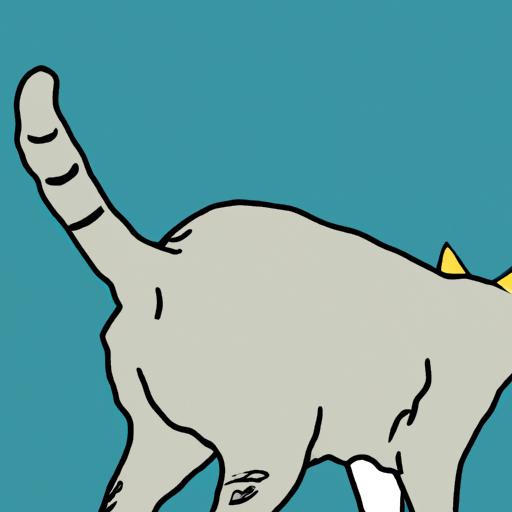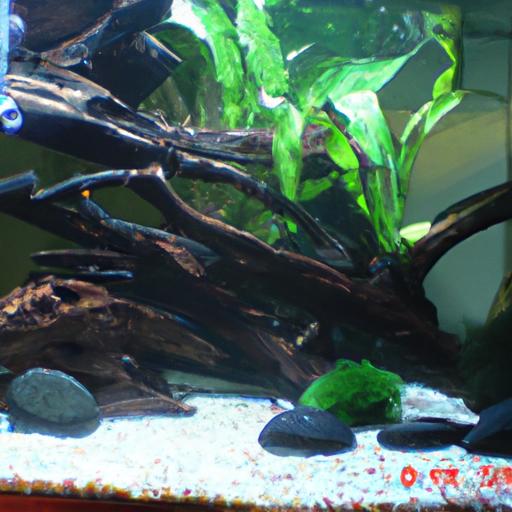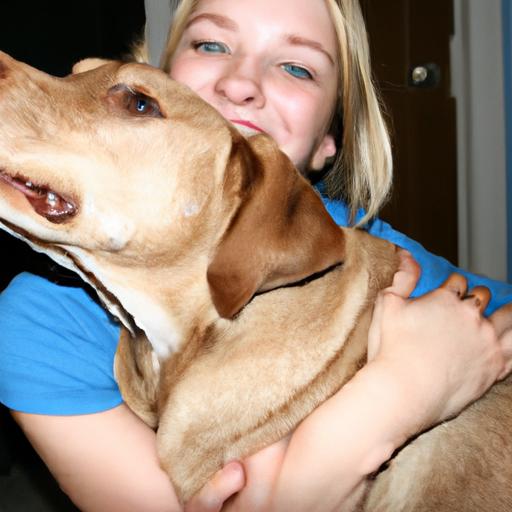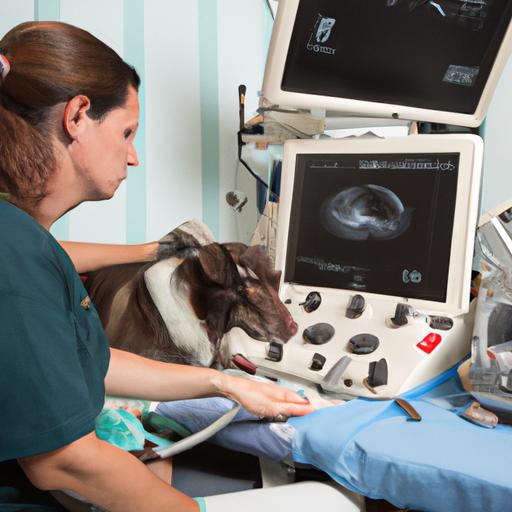
Understanding Cat Tail Tapping Behavior
Unlock the secret language of your feline friend with our guide to Understanding Cat Tail Tapping Behavior. Decode their emotions and strengthen your bond.
Introduction
Have you ever wondered what it means when your cat starts tapping its tail? Cat tail tapping behavior is a fascinating aspect of feline communication that often leaves pet owners perplexed. Understanding this behavior is crucial for building a stronger bond with your furry friend and ensuring their well-being. In this article, we will delve into the world of cat tail tapping, exploring its meanings, triggers, and how to interpret your cat’s body language. So, let’s embark on this journey of deciphering the language of our feline companions.

Understanding Cat Tail Tapping Behavior
What is Cat Tail Tapping?
Cat tail tapping refers to the rhythmic movement of a cat’s tail that appears to be tapping on a surface or in the air. It is a form of feline communication through which cats express various emotions, intentions, and messages. While tail tapping can be intriguing to observe, it holds significant meaning in a cat’s world.
Triggers and Reasons behind Tail Tapping
Cat tail tapping can be triggered by a variety of factors. One common trigger is excitement or anticipation. Just like humans may tap their feet when excited, cats often tap their tails to express their enthusiasm or anticipation of something they desire, such as playtime or their favorite treats.
Another reason for tail tapping is a sign of agitation or annoyance. If your cat is feeling irritated or frustrated, they may tap their tail to convey their displeasure. It serves as a warning sign to other animals or humans to give them space or stop certain behaviors.
Types of Tail Tapping and Their Meanings
Cat tail tapping can manifest in different forms, each carrying a distinct message. Understanding these variations can help you better interpret your cat’s emotions and intentions.
-
Gentle Tail Tap: When a cat gently taps their tail on a surface or your leg, it often indicates friendliness and a desire for attention or interaction. It’s their way of saying, “Hey, I’m here, let’s spend some time together.”
-
Agitated Tail Tap: If your cat’s tail tapping becomes more intense or aggressive, accompanied by other signs of agitation, such as flattened ears or dilated pupils, it may indicate that your cat is feeling threatened or annoyed. It’s crucial to give them space and avoid any actions that may escalate their distress.
-
Tail Twitching: Tail twitching is a rapid, involuntary movement of the tail that may indicate excitement or arousal. It often occurs during play or when your cat is engaged in hunting behavior. It’s a sign that your cat is fully focused and ready to pounce!
Body Language and Communication Cues
To fully understand cat tail tapping behavior, it’s essential to consider the accompanying body language and communication cues. Cats use a combination of tail movements, facial expressions, vocalizations, and postures to express their emotions and intentions.
For instance, a cat with an upright tail and relaxed body posture, gently tapping their tail, is likely expressing contentment and a desire for attention. On the other hand, a cat with an arched back, puffed-up tail, and aggressive tail tapping is signaling that they feel threatened and may become aggressive if provoked.
Frequently Asked Questions (FAQ)
What does it mean when a cat taps its tail?
When a cat taps its tail, it can have different meanings depending on the context. Gentle tail tapping is often a sign of friendliness and a desire for interaction, while more intense tail tapping may indicate agitation or annoyance.
Is tail tapping always a sign of aggression?
No, tail tapping is not always a sign of aggression. It is essential to consider other accompanying body language and communication cues to accurately interpret your cat’s emotions. Tail tapping can also indicate excitement, anticipation, or a desire for attention.
How can I differentiate between different types of tail tapping?
To differentiate between different types of tail tapping, observe your cat’s body posture, facial expressions, and overall behavior. Gentle tail tapping with a relaxed body posture signifies friendliness, while aggressive tail tapping, accompanied by defensive body language, indicates agitation or threat.
Can tail tapping be a sign of stress or anxiety in cats?
Yes, excessive or repetitive tail tapping can be a sign of stress or anxiety in cats. If you notice your cat engaging in prolonged or excessive tail tapping, it may be worth consulting with a veterinarian or animal behaviorist to identify and address the underlying cause.
What should I do if my cat exhibits excessive tail tapping behavior?
If your cat exhibits excessive tail tapping behavior or shows signs of distress, it’s crucial to provide a calm and safe environment. Ensure your cat has access to their preferred hiding spots, offer interactive toys to alleviate stress, and consider seeking professional advice if the behavior persists or worsens.
Conclusion
Understanding cat tail tapping behavior is like unlocking a secret language that allows us to connect with our furry companions on a deeper level. By paying attention to the different types of tail tapping, accompanying body language, and communication cues, we can decipher our cats’ emotions and intentions more accurately. Remember, each tail tap speaks volumes about our feline friends, so let’s listen and respond with love and understanding.






















